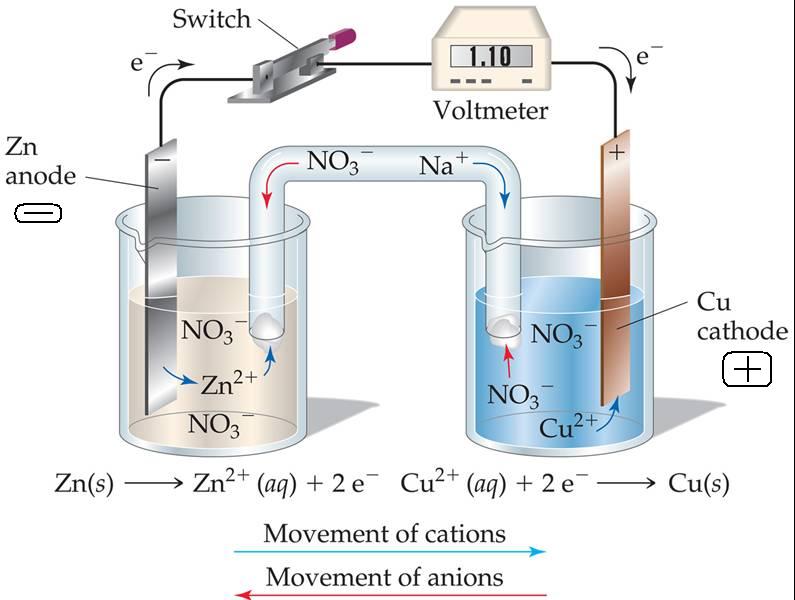

The autoadjustable layer space of MXene can provide sufficient space to accommodate the volume expansion/shrinkage upon Li+ insertion/extraction process. Herein, the combination of SiGe alloy and MXene can further increase the performance of SiGe-based anode material. Through alloying with Ge, SiGe alloy showed improved rate performance and cycling stability compared with pure Si anode. composite was obtained through a low-temperature reduction from the corresponding oxide. Additionally, the development of other Si-based materials was also explored in this dissertation.

The battery with the obtained μ-Si cage as anode displayed excellent capacity retention upon long cycling at high charge/discharge rates and high active mass loadings. In addition, the application of micro-sized Si ensures high active mass loading and areal capacity. The conductive PPy layer serves as a protective layer and fast channel for Li+/e- transport. Under this configuration, the hollow skeleton provides sufficient space to accommodate the large volume change upon lithiation/delithiation process.
CATHODE ANODE BATTERY SKIN
At the same time, to overcome the disadvantages of Si-based anode material, including huge volume change, poor cycling stability, and low conductivity, micro-sized AlSi alloy was used to form the Si skeleton with an ultra-thin (<5 nm) mesoporous polypyrrole (PPy) skin (μ-Si cage) through a facile wet-chemical method. As results, a greatly improved electro-chemo-mechanical stability was achieved, which contributed to the enhanced battery capacity retention upon long cycling. The metallic components from Ni-MOFs in the core lead to the formation of Ni concentration gradient within secondary particles. It can successfully increase the structural stability through inhibiting the generation of internal cracks caused by the internal strain and phase transition within primary particles during cycling process. During the calcination process, the presence of organic components of Ni-MOFs promotes the formation of reduced Ni oxidation state, leading to the formation of self-induced cation mixing layer with stable rock salt phase on the surface of primary particles. Ni-rich layered transition metal oxide with dual gradient on both primary and secondary particles was successfully designed and synthesized through introducing Ni-based metal-organic framework (Ni-MOF) to the coprecipitation of the precursor. If the current through the electrodes reverses direction, as occurs for example in a rechargeable battery when it is being. The performance of LIBs is improved through optimization on both cathode and anode material. An anode is an electrode through which conventional current (positive charge) flows into the device from an external circuit, while a cathode is an electrode through which conventional current flows out of the device. In this dissertation, towards building LIBs with enhanced energy density and improved performance, Ni-rich cathode and Si-based anode are selected as the electrodes.
CATHODE ANODE BATTERY PORTABLE
Lithium-ion batteries (LIBs) have been widely used in various devices such as portable devices, communication systems, and electric vehicles (EVs).


 0 kommentar(er)
0 kommentar(er)
